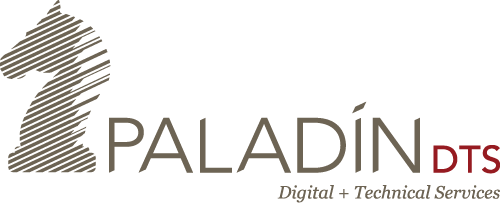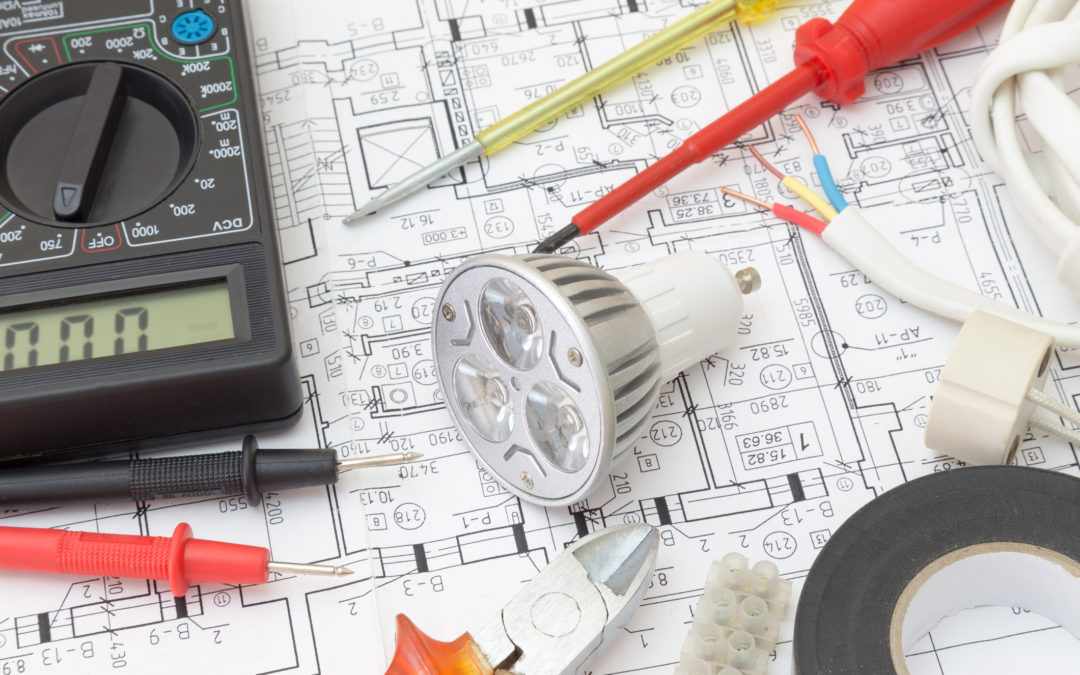You can’t manage what you can’t measure
Mark Zoller, Paladin, Inc.
All across the nation, governments at the federal, state and local level are pushing hard to make buildings more energy efficient as a way to control budgets and fulfill the public trust. While energy conservation can be somewhat easier when executed in new construction, there are organizations ranging from education and health care to prisons and the military that are working overtime to bring existing buildings up to an acceptable level of energy efficiency. Their challenges are far from easy.
In our native Kentucky, for example, government building owners are tasked with bringing systems and machinery from a dizzying number of facilities and a wide variety of eras and providers onto the Commonwealth Energy Management and Control System (CEMCS). Tackling a chore that big requires a sensible system and a whole lot of work.
As a firm that specializes in Commissioning, my employers have engaged in a string of projects related to CEMCS integration, completed across a broad geography. Our success is built on our time-tested two-phase approach composed of 1) due diligence followed by 2) fine tuning.
Our basic steps in Phase 1 consist of answering two basic questions:
- HOW: Our team is relentless about asking the essential questions and getting shared answers on paper. Whether that’s “How do we secure connections” or “how do we standardize control point attributes” we get the conversation rolling talking about each facility’s unique capabilities or limitations and the steps required to get them up to date and connected.
- WHO: For every responsibility, we need a responsible party, so we work with our clients to assign a name to every deliverable and deadline, then present it in a way that illuminates whose hard work (or lack thereof) can hold up or advance the project so people can cooperate and hold one another accountable.
Phase 2 of these projects is where the implementation gets rolling and the benefits of the improved energy efficiency start accruing to the bottom line. In this phase, we’re guided by a Diagnostics Plan we’ve created that not only reestablishes the HOW questions and answers, but also starts fleshing out small successes that can cohere into a bottom line savings. We look at:
- Breadth, Depth & Frequency of Evaluation so all involved can understand the roadmap.
- Deliverable Outputsso the entire team knows which CEMCS reports and tools will be used so that we have a common goal and repository of critical information.
- Action & Reponses, defining them so our client not only knows how to respond to our findings, but also how to make decisions on the path going forward.
- Funding & Tracking as key milestones – the best idea remains a hypothetical until it is funded and an expenditure is best validated by quality tracking data. Nailing these aspects down significantly improves the likelihood of success.
We have found this transparent and predictable approach works best with the diverse teams that come together on any project like this. If a project were a race, this process helps draw the starting and finish lines, identifies the mile markers and details the team on the track.
Over the past few years, Paladin has applied this process at several Kentucky colleges, helping them move their diverse structures, control systems and monitoring equipment onto CEMCS. As a result, they’re starting to realize measurable energy savings that affect their bottom line.
The goal of any responsible public entity should be buildings that operate as designed and desired with an emphasis on energy conservation and all of its attending benefits. A team approach with a clearly marked path is the quickest way to get there.

